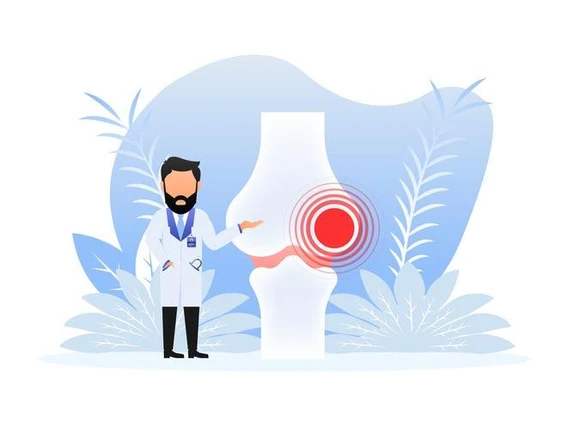What is Osteoarthritis?
Osteoarthritis is a degenerative joint disease that primarily affects the cartilage, the tissue that

cushions the ends of bones in a joint. While there is no cure for osteoarthritis, various treatments can help manage symptoms, improve joint function, and enhance overall quality of life. Here are some common approaches to treating osteoarthritis:
1. Lifestyle and Self-Care:
- Exercise: Engage in regular, low-impact exercises such as walking, swimming, or cycling to maintain joint flexibility and strengthen the muscles around affected joints.
- Weight Management: Achieve and maintain a healthy weight to reduce the load on weight-bearing joints, such as the knees and hips.
- Joint Protection: Avoid activities that place excessive stress on the joints, and use assistive devices (e.g., braces, canes) if necessary.
- Balanced Diet: Consume a well-balanced diet rich in fruits, vegetables, whole grains, and lean proteins to support overall health.
2. Medications:
- Pain Relievers: Over-the-counter pain relievers such as acetaminophen or nonsteroidal anti-inflammatory drugs (NSAIDs) can help alleviate pain and reduce inflammation. Prescription medications may be considered for more severe cases.
- Topical Creams and Gels: These may contain NSAIDs or other medications that can be applied directly to the skin over the affected joint.
3. Physical Therapy:
- A physical therapist can design an exercise program tailored to your specific needs, focusing on strengthening muscles, improving flexibility, and enhancing joint function.
4. Occupational Therapy:
- Occupational therapists can provide guidance on modifying activities and using adaptive tools to make daily tasks easier and less stressful on joints.
5. Joint Injections:
- Corticosteroid injections into the affected joint can provide short-term relief from pain and inflammation. Hyaluronic acid injections may also be considered to improve joint lubrication.
6. Dietary Supplements:
- Glucosamine and chondroitin sulfate are commonly used supplements that some people find helpful in managing osteoarthritis symptoms. Consult with a healthcare professional before starting any supplements.
7. Assistive Devices:
- Devices such as braces, splints, or orthotic shoe inserts can provide support and reduce joint strain.
8. Heat and Cold Therapy:
- Applying heat or cold to affected joints can help alleviate pain and stiffness. Heat can improve blood flow, while cold can reduce inflammation.
9. Surgical Interventions:
- In severe cases where conservative treatments are ineffective, surgical options such as joint replacement may be considered.
It’s important to note that treatment plans for osteoarthritis should be individualized based on the severity of symptoms, the affected joints, and the patient’s overall health. Consult with a healthcare professional, such as a rheumatologist or orthopedic specialist, to develop a comprehensive and personalized approach to managing osteoarthritis.


















